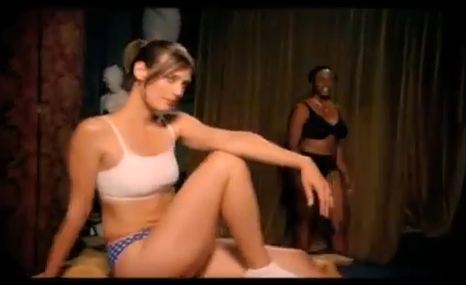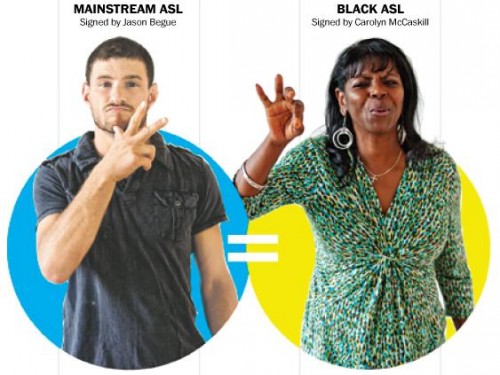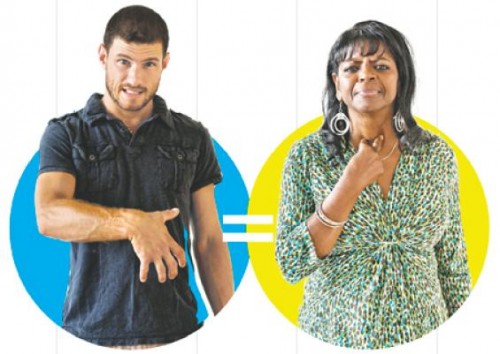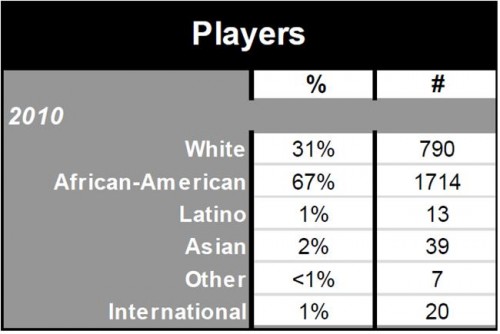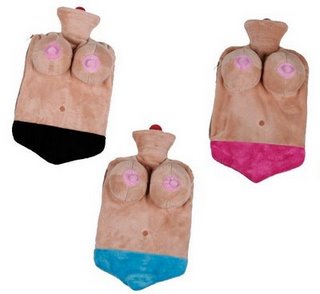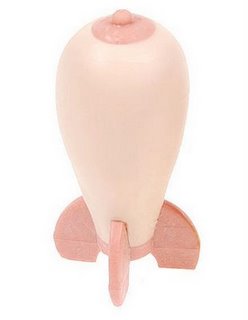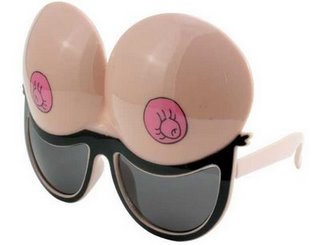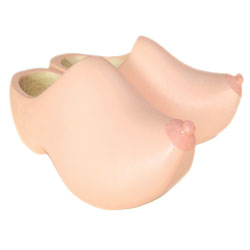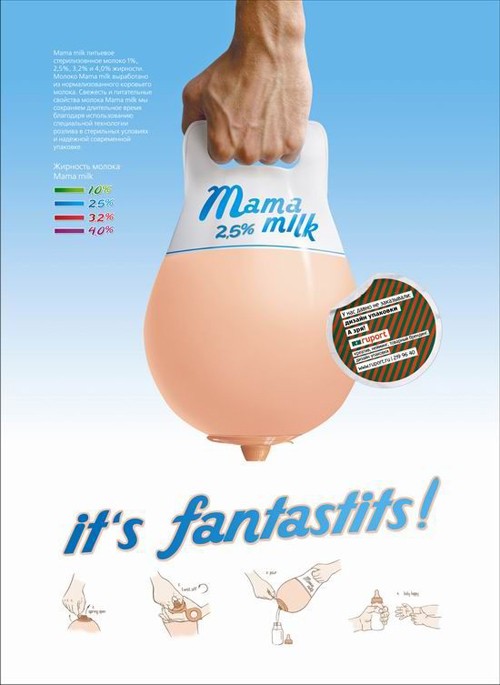Tricia Mc.T. sent in a video that illustrates the tendency to associate non-White women’s bodies with curves. Fruit of the Loom’s “Flawless” commercial celebrates women’s bodies, offering the message that they’re flawless at any size. But as Tricia points out, though there is variety in the bodies of the women in the commercial, “women of color are the only ones with ‘curves’,” and the woman whose body is farthest from the thinness ideal is an African American woman:
It’s a small example of a larger pattern in which non-White women are associated with curviness and we’re comfortable depicting women of color as larger — think of all the TV shows you’ve seen where the only plump female character is the African American woman.
For more on this pattern, see our post on who has curves in a Levi’s ad, an ad for shapewear to get “Latino curves,” Vogue emphasizes Beyonce’s body, fetishizing African American women’s butts, and conflating “ethnic” with “curvy.“

